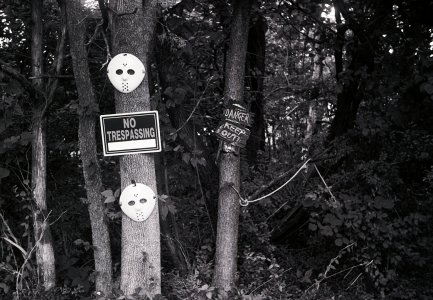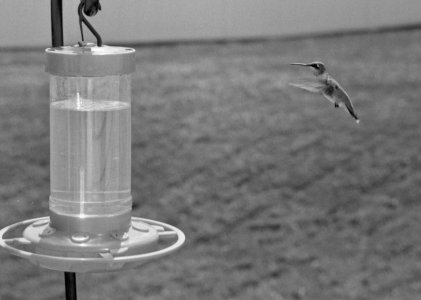Joao
Negativistic forever
Three more Boxing snapshots (from a spectator seat). Portra 800 and Eastman XX at ISO650
 Boxing by João Avelar, on Flickr
Boxing by João Avelar, on Flickr
 Boxing by João Avelar, on Flickr
Boxing by João Avelar, on Flickr
 BOXING020 by João Avelar, on Flickr
BOXING020 by João Avelar, on Flickr
There are some more images from this session at my Flckr album “Boxing"
Boxing
 Boxing by João Avelar, on Flickr
Boxing by João Avelar, on Flickr Boxing by João Avelar, on Flickr
Boxing by João Avelar, on Flickr BOXING020 by João Avelar, on Flickr
BOXING020 by João Avelar, on FlickrThere are some more images from this session at my Flckr album “Boxing"
Boxing
















